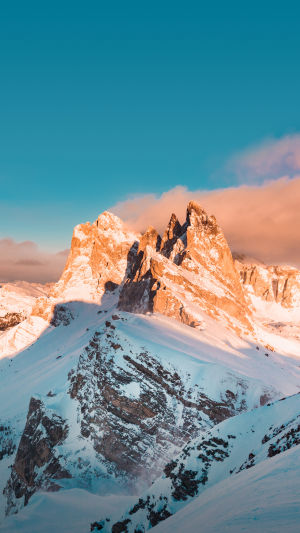The Italian Dolomites are a striking range of mountains that lies within northeastern Italy, marked dominantly by their jagged peaks, wide valleys, and the deep-seated cultural history within them.
They present a major section of the Southern Limestone Alps and have remained in the interests of most geologists, historians, and lovers of nature.
From their designation as a UNESCO World Heritage site in 2009, the visual treats of these mountains are something uniquely different; singularly different is their geological structure, composed of fossilized coral reefs quite distinct from any other Alpine ranges.
<h3>The Dolomite Geological Marvel</h3>
Named after the mineral "dolomite," the mountains are made up of millions-of-years-old carbonate rock. The towering cliffs and crags of the Dolomites formed in fire and ice through tectonic activity and glacial erosion. Sharp, pale-colored limestone peaks give them other-worldliness, but what really sets them off is at sunrise and sunset, when they display the famous enrosadira-an incandescent glow of the mountains in all shades of pink, orange, and red.
<h3>Biodiversity: The Living Legacy</h3>
Within the area, several national parks and protected areas serve as a home for so many varied flora and fauna. From the fragile alpine flowers to the thicker woods that shelter the shy lynx and birds of prey like the golden eagle, it is all there. Valleys are really rich in biodiversity, hosting special ecosystems that environmental scientists still have been studying.
Dolomites, Italy: Tirolean Culture and Alpine Adventures - Rick Steves’ Europe Travel Guide
Video by Rick Steves' Europe
<h3>A History Woven in the Mountains</h3>
The Dolomites also present something somber: a host of history. During WW1, the range was a natural fortress of theatres of bitter mountain between Italian and Austro-Hungarian soldiers. Remnants remain in the area, including tunnels, barracks, and lookout posts. These historical sites are well-preserved to silently remind one of the region's past and attract both history buffs and hikers.
<h3>Cultural impact and local tradition</h3>
The Dolomites are not only mountains but mainly a cultural treasure. The Ladins, among the oldest ethnic groups populating it, still keep intact their ancient traditions, their language, and their folklore. Each village in the Dolomites represents a specific particularity, and most of them maintain very strong the celebration of the old customs that makes the area a cultural and historical treasure besides the natural beauties that host it.
<h3>Lyyker turn!</h3>
How about you, Lyykers? Ever given any thought to exploring wonders both historical and geological in the Dolomites? Whether your interest is ancient geology, deep history of mountain , or just plain breathtaking landscapes, the Dolomites have something for you. Would you consider it a destination for your next adventure?





